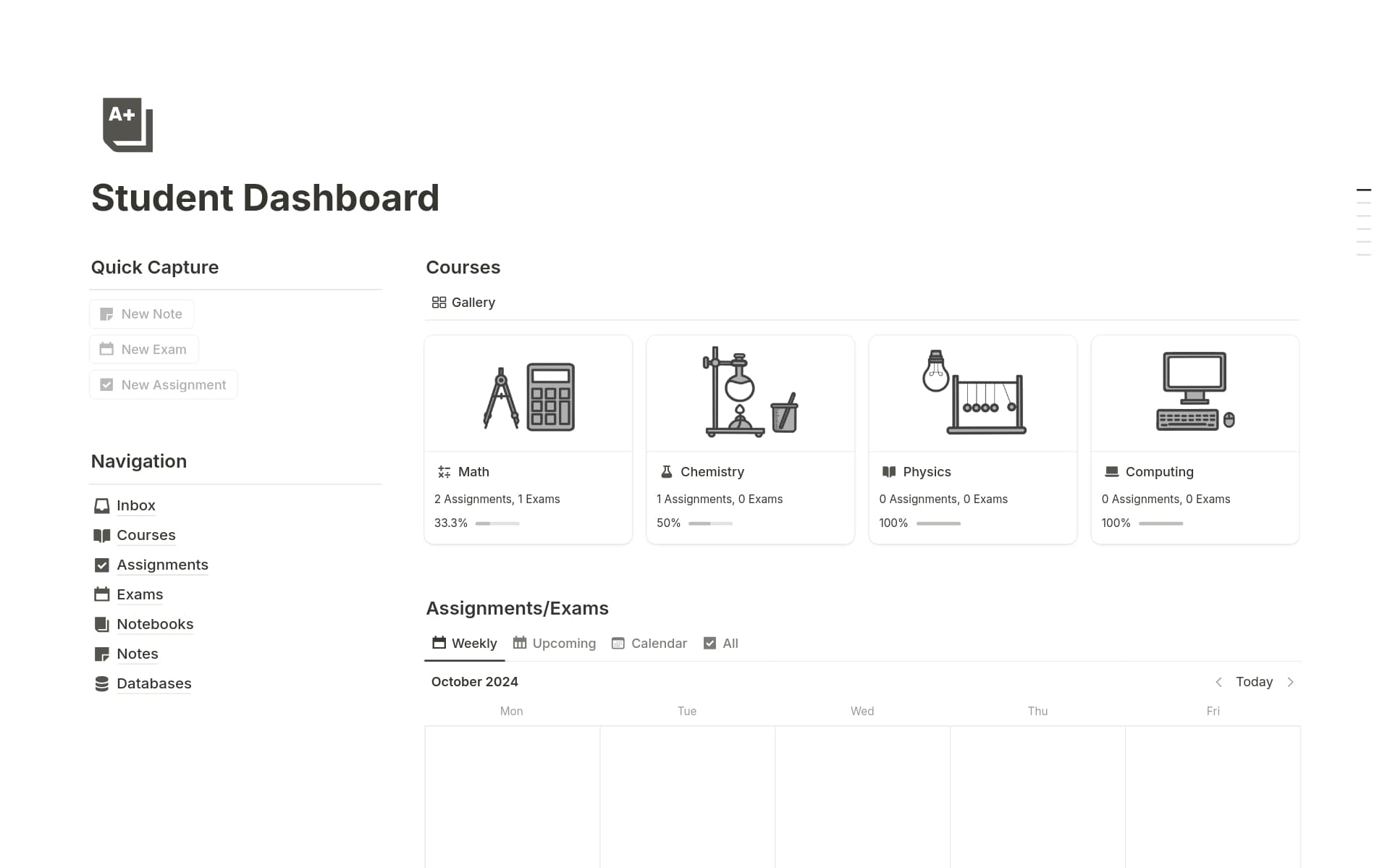Maintaining a Crisis Log is crucial for effectively managing and learning from unexpected events. It provides a structured way to document incidents, analyze their causes, and develop strategies to prevent future occurrences. A Crisis Log template in Notion can streamline this process, ensuring that all necessary information is captured and organized for easy reference and analysis.
Before you start crafting your own Crisis Log, take a look at these Notion templates to simplify the process and ensure you're well-prepared for any situation.
What Should Crisis Log Templates Include?
Choosing the right Crisis Log Template in Notion can streamline how you manage information during critical situations. Here are key components to look for:
Incident Details: The template should have a dedicated section for recording the date, time, and description of the incident to ensure all relevant details are captured systematically.
Response Actions: It's important that the template includes a structured way to log response actions taken, including who was involved and the outcomes of these actions.
Communication Logs: A section for documenting all communications, both internal and external, can help maintain transparency and provide a clear timeline of events.
Resolution and Follow-up: There should be a clear area to record the resolution of the crisis and any follow-up actions required, ensuring nothing is overlooked in the aftermath.
Selecting a template with these components will help ensure that you are prepared to handle crises effectively and maintain order during chaotic times.
What Should Crisis Log Templates Avoid?
When selecting a Crisis Log Template in Notion, it's essential to be aware of certain features that might hinder rather than help. Here are three key components to steer clear of:
Overly Complex Layouts: Templates with too many sections or complicated navigation can slow down the urgency needed in crisis situations.
Non-Customizable Fields: Avoid templates that don't allow you to modify fields according to your specific needs, as flexibility is paramount in a crisis.
Lack of Integration Features: Choose templates that can integrate with other tools and platforms you use, to ensure seamless communication and updates.
Choosing the right template involves more than just aesthetics; it's about functionality and ease of use in times when every second counts.



